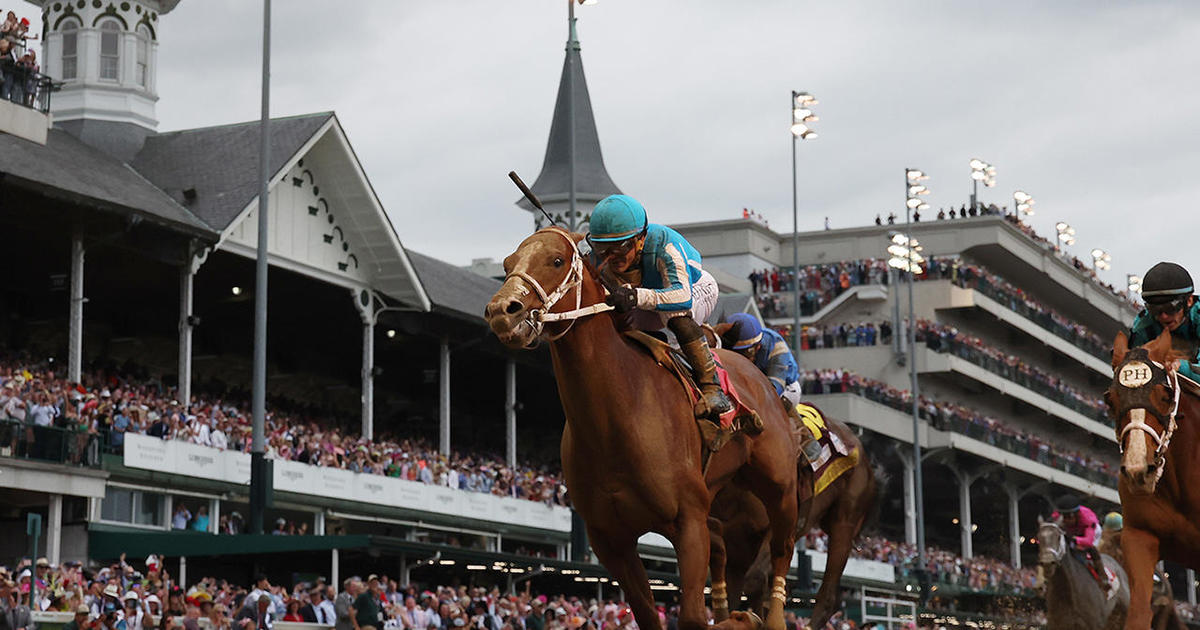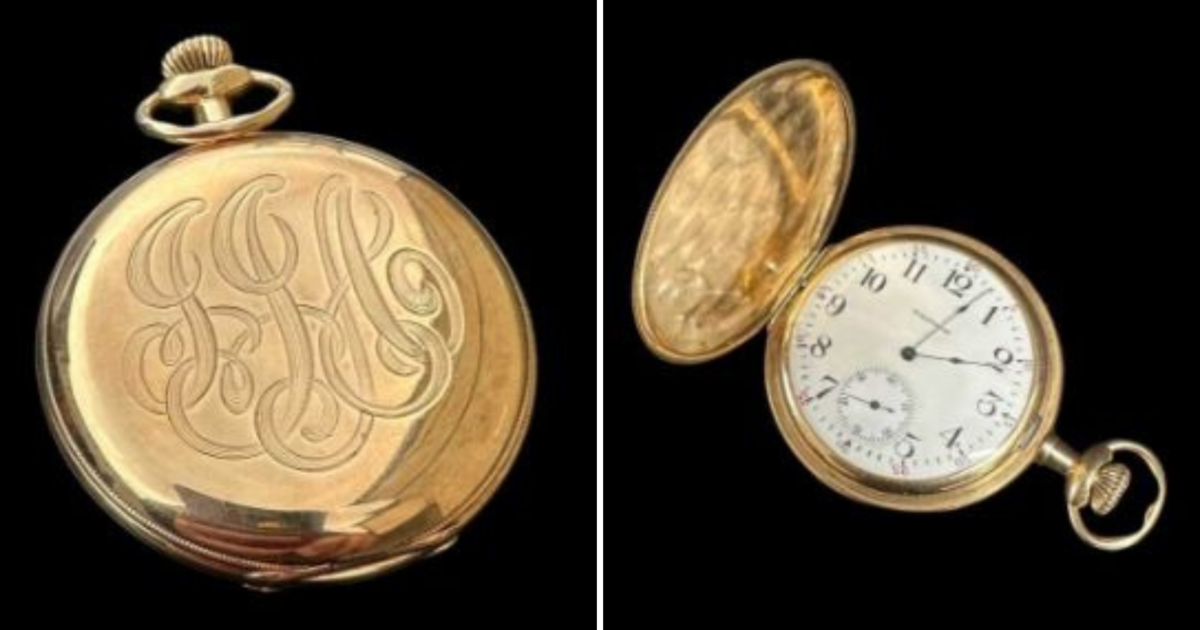Space station crew captures image of moon's shadow during solar eclipse
While millions of people looked skyward at Monday's total solar eclipse on Monday, a handful of earthlings took in a much different view of the rare phenomenon — from the International Space Station.
As the station orbited above southeastern Canada, flight engineers Matthews Dominick and Jeanette Epps managed to photograph and videotape the moon's shadow on Earth about 260 miles below them, NASA said on Monday.
The Expedition 71 crew had the chance to view the moon's shadow on Earth, or umbra, after spending the day completing cargo transfers, spacesuit maintenance and microgravity research, NASA said. The windows on the outpost's cupola — known as its "window to the world" — were open, allowing the astronauts to capture the cool images.
The International Space Station experienced about 90% totality during its flyover, and NASA posted a video of the event on social media:
More than 31 million people live in the path of totality, the area where the moon fully blocked out the sun, according to NASA. The path ranged between 108 and 122 miles wide. An additional 150 million people live within 200 miles of the path of totality.
Before soaring into the moon's shadow during the eclipse, the space station crew performed a variety of other tasks on Monday -- including orbital plumbing, fixing a pair of science freezers and ventilation maintenance.
The stunning image of the moon's shadow came just days after NASA released images that its Lunar Reconnaissance Orbiter captured of Korea Aerospace Research Institute's Danuri lunar orbiter during a flyby in March.
The two spacecraft, traveling in nearly parallel orbits, zipped past each other in opposite directions, and the LRO operations team "needed exquisite timing in pointing LROC to the right place at the right time to catch a glimpse of Danuri."
NASA's Lunar Reconnaissance Orbiter, which has been circling the moon for 15 years, captured several images -- which resemble a cosmic surfboard zooming through space -- during three orbits while it was close enough to Danuri to grab snapshots.




